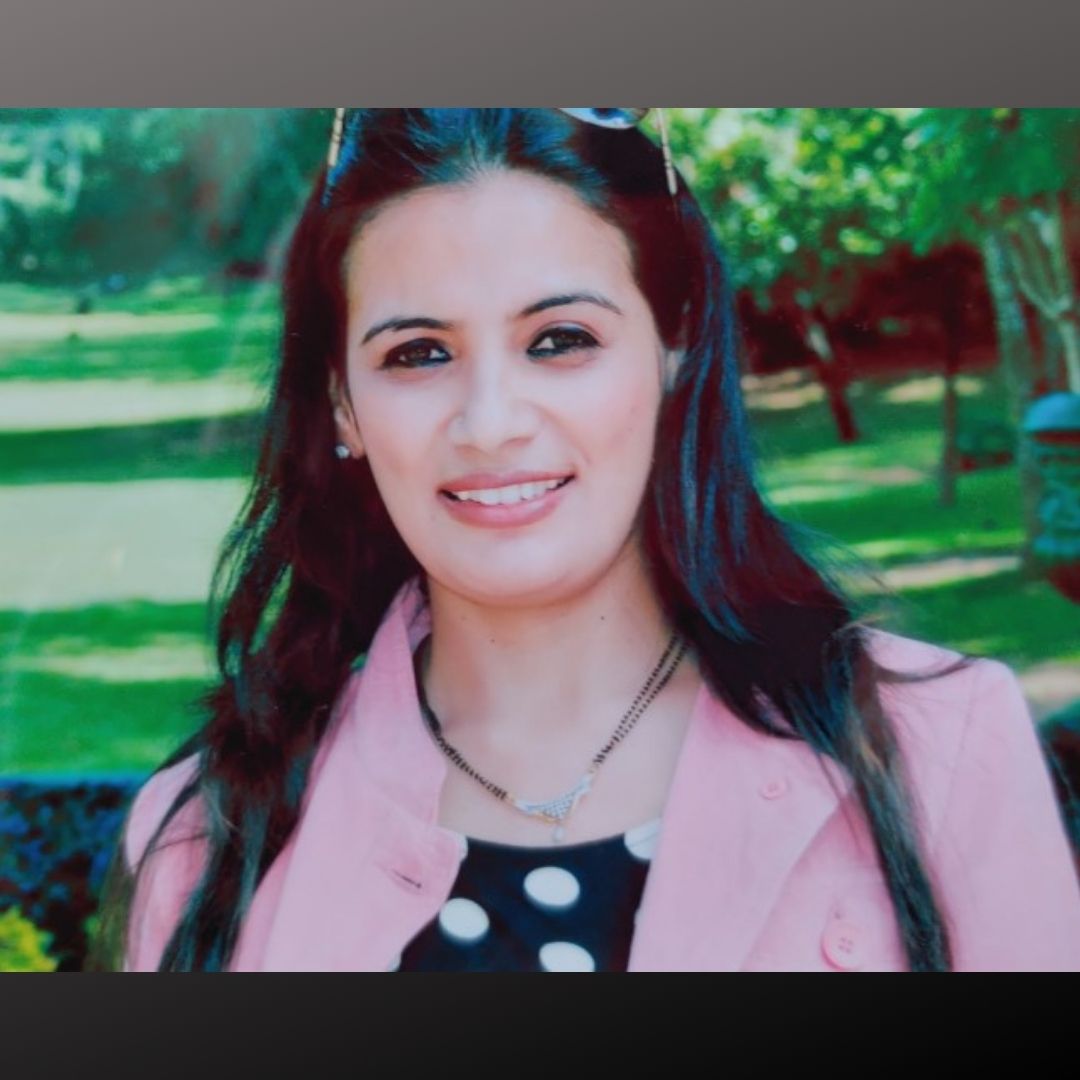Businesses today have a great socio-economic influence and impact on the world. They are responsible for ensuring that they value the representation of different groups of people, from diverse ethnicity, geography, identities and experiences at their workplaces, and facilitate collaboration equity for everyone. Hence, organizations across verticals are seen prioritizing Diversity, Equity and Inclusivity (DEI) initiatives in their organizational framework.
With internet connectivity reaching out wide and large and businesses expanding globally, it is common to see people from different geographies and backgrounds working for the same organization. And wherever the representation of different groups and sub-groups is less, organizations come under obligation to address the barriers and factors that are impacting the interests of underrepresented groups. The DEI approach is a powerful tool to ensure desired levels of equal reach, access and participation of people coming from various backgrounds. The challenge to implement these changes lies in the adoption and implementation of DEI policies, practices, and systems.
- Diversity is about having a wide range of individuals and perspectives, that shall reflect on both inside the organization and in how your brand communicates externally. Diversity is understood many times as different ethnicity or gender, but it may also include people with different physical and cognitive abilities, age groups, experiences or locations. Diversity is ensuring that everyone is invited onboard.
- Inclusivity is more about outreaching intentionally to people coming from diverse groups and ensuring that they are participating in the organization with a strong sense of belonging. Inclusivity is one step further from diversity. It is about participating without any barrier after coming onboard.
- Equity is about considering the broader motions that are needed in order to create the environment where diversity and inclusion can thrive. If we continue the dance party metaphor, equity would be about: Is there equal access to the dance floor for people with different abilities? Is there equal space to dance? Can everybody hear the same music or feel the beat in their own way?
Technology can help in achieving DEI goals for an organization
The People, Process and Technology Strategy
- People: Organization should focus on creating a team of people, who shall be directly responsible for implementing, promoting and coordinating DEI efforts across the organization. This group itself must be a cross-functional, cross-departmental representation with a mix of seniority, job title, age, experience, ethnicity, and ability.
- Process: The job of the group mentioned above is to understand the organization’s brand reputation and devise a process which will make an audit of all the content and messaging across the organization to identify areas where improvement is required in terms of accessibility, lingo, and diversity representation.
- Technology: The technology audit should determine the tools presently used by the organization and check if they are appropriate for the job and capable of supporting the practice guidelines for DEI applications. If the technology isn’t up to the job or if it needs too much human labour to be cost-effective it’s time to figure out what other technologies are required for the DEI efforts.


